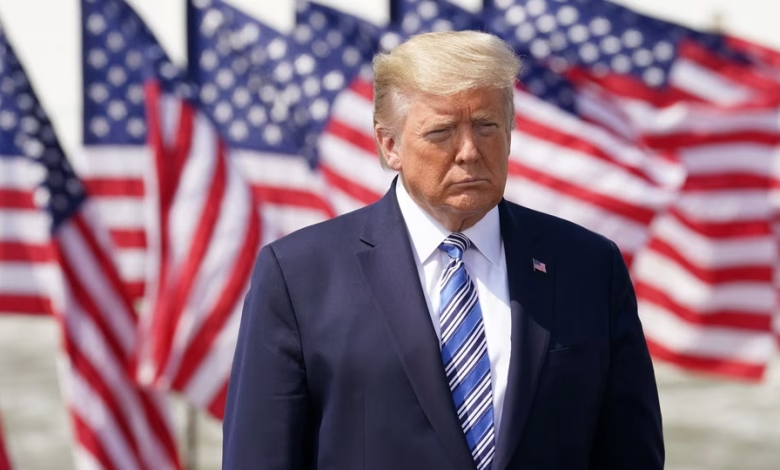
The Argument for a Digital Euro in the Face of Stablecoin Growth
In a recent development, Piero Cipollone, a member of the European Central Bank’s (ECB) board, highlighted the urgent need for Eurozone banks to consider the adoption of a digital euro. This call comes in response to the United States’ move, under the leadership of President Donald Trump, to advance the use of stablecoins.
These digital currencies, which are tied to the value of the US dollar, form a part of a larger strategic framework set forth by President Trump in an executive order issued last week.
The Battle Between Stablecoins and the Digital Euro
Cipollone voiced his apprehension regarding President Trump’s focus on the development of dollar-pegged stablecoins. He warned that this could potentially lure customers away from conventional banking systems, bolstering the case for the ECB to develop its own digital currency. “The critical term in Trump’s executive order is ‘worldwide,'” Cipollone remarked at a conference held in Frankfurt. He pointed out that this global push for stablecoin adoption could accelerate the decline of traditional banks, resulting in a loss of fees and clientele.
Stablecoins operate similarly to money market funds, offering exposure to short-term interest rates in a stable currency, predominantly the US dollar. On the other hand, a digital euro would function as a digital wallet supported by the ECB, yet managed by banking institutions. This digital currency would facilitate easy payments for individuals, including those without bank accounts. However, there might be restrictions on how much one can hold, likely limited to a few thousand euros, and these holdings would not generate interest.
The Digital Euro: A Potential Threat to Bank Liquidity
According to reports from Reuters, banks have expressed concerns about the implications of a digital euro on their liquidity. There is apprehension that customers might transfer their funds to an ECB-backed digital wallet, potentially depleting their cash reserves. Currently, the ECB is examining the practical applications of a digital euro, but the final decision regarding its implementation will depend on the approval of related legislation by European lawmakers.
In a significant directive, President Trump’s executive order also prevents the Federal Reserve from issuing its own central bank digital currency (CBDC). This move is consistent with a global trend where countries like Nigeria, Jamaica, and the Bahamas have already rolled out their digital currencies. Additionally, around 44 other nations, including Russia, China, Australia, and Brazil, are piloting digital currency initiatives, as reported by the Atlantic Council think tank.
Globally, the push for a digital euro has gained momentum, especially in light of competitive pressures from stablecoins and other digital assets within the European Union. The ECB’s decision to advance with a digital euro could profoundly transform the banking industry in Europe, ensuring its competitiveness in a rapidly digitizing global economy.
At present, the total market capitalization of digital assets is estimated at $3.52 trillion, with stablecoins accounting for $215 billion of this value, according to data from DeFiLlama.







